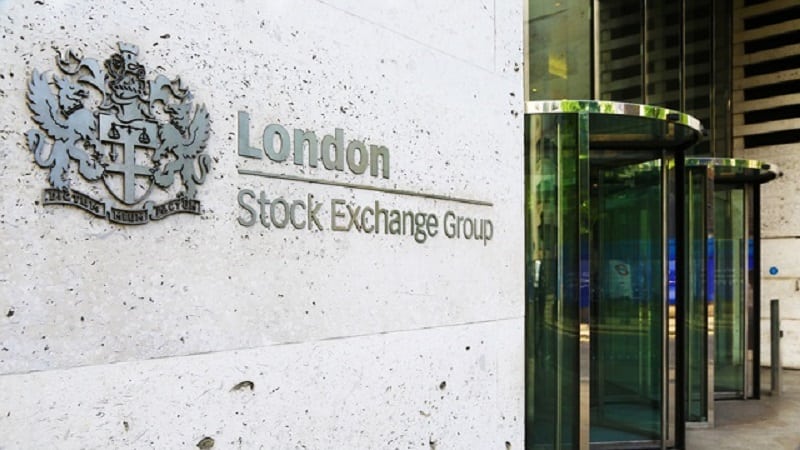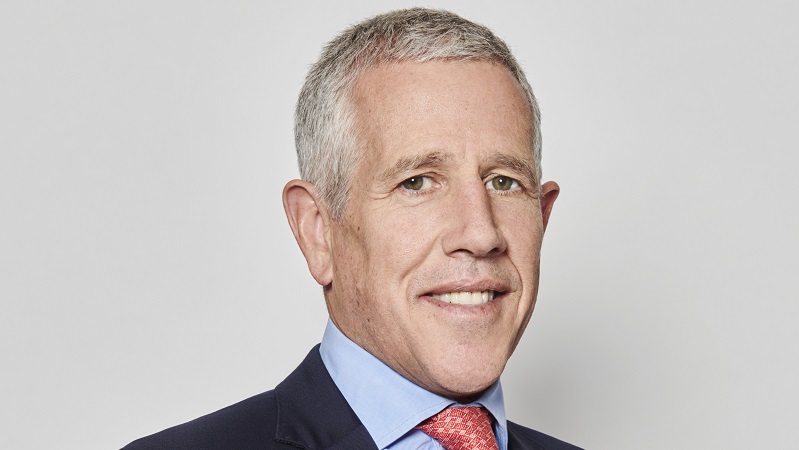Whether there is enough substance behind smart beta to see it become a more important part of investment portfolios is yet to be established, but there are signs it could soon play a bigger role in conversations between wealth managers and their clients.
With those offering smart beta not able to agree what to call it, it is no wonder there is a lack of understanding of exactly what is on offer among the wider investment community.
Smart beta is being called different things by different companies, with ‘factor’ or ‘thematic’ investing the most established labels.
“The name smart beta implies passive investing is stupid, which clearly it is not, so we don’t think it is the right name,” says Altaf Kassam, MSCI’s head of index applied research in Europe, the Middle East and Africa.
“Providers often dislike the term smart beta. Strategic or thematic investing is much more suitable,” says Simon Ewan, Morningstar’s managing director of investment for Europe.
“The fear is that using the word ‘smart’ sets all sorts of expectations, when all strategies can potentially underperform.”
While having more in common with passive investment than active, smart beta does not truly sit within either, according to many of its proponents, and is best seen as a third way of investing. Essentially, smart beta allows an investor to incorporate preferences and beliefs into a portfolio without going as far as selecting stocks or bonds on an individual basis or buying active funds, which generally have significantly higher fees.
A factor or theme can best be described as “characteristics which drive performance and risk of securities”, according to Kassam.
He adds: “Index providers have been able to take factors, which before could only be accessed through active managers, and wrap them up them as low-cost, easy-to-replicate products that can be bought in the same way as mutual funds.”
The big six
While all the different providers have varying names and definitions for their smart beta offerings, on the equity side there are typically six themes that can be accessed, with most others being variants on these.
There is the ‘quality’ factor, which means companies with strong balance sheets and stable earnings.
‘Low volatility’ and ‘small-cap’ target companies fitting that bill. Next there is ‘momentum’, which provides exposure to stocks that have recently posted good gains, and ‘value’, which, as the name suggests, focuses on companies believed to have most share price growth potential. Finally there is ‘high yield’, which exposes investors to baskets of companies that pay out large dividends.
There are many different subsets of these and some providers also allow a sector or geographic preferences to be overlaid onto these factors in tailormade products. For example, some providers can offer an investor a ‘low-volatility US stocks’ option or a ‘quality European stocks’ product.
On the fixed income side it is even less structured with many different products, high yield being one. Another is Lombard Odier’s ‘5Bs’ fund.
According to the firm’s head of smart beta Alexandre Deruaz, this allows investors to target the sweet spot of the highest-yielding investment grade bonds, BBB, and lowest-risk high-yield bonds, BB.
“Fixed income smart beta is much more focused on fundamentals than the equity side, where there are various technical factors,” says Deruaz.
Kassam explains that of the six broad factors, low volatility has been the most in demand. “It was launched in 2008 at just the right time, when people were looking for defensive options,” he says.
He adds that the small-cap and high-yield factors have recently seen a pick-up in demand. In fact, across the board there has been a major upswing in money flowing in over the past year, at least for MSCI.
Kassam says that when he joined the company nine months ago, there was $65bn (£39bn) invested in the company’s factor range, and the total now stands at $108bn.
While any of the six major factors can both outperform and underperform passive funds depending on prevailing market and macroeconomic conditions, Kassam claims his company’s analysis, based on 40 years of data, shows that all of the six factors will outperform market-cap weighted indices over the long term on a risk-adjusted basis.
Smart beta indices, or factors, can be accessed both directly from providers such as MSCI and Russell indices or through exchange-traded funds (ETFs), which is key to growth within the retail market. Institutional investors will most often go direct to provider for bespoke portfolios comprised of a mix of factors. In contrast, it is through ETFs that discretionary fund managers (DFMs) and investment IFAs will typically tap into smart beta, due to the flexibility they offer.
A means to an end
And just as the route into smart beta differs for institutional investors and IFAs, the aims of the strategies are also quite varied.
“Wealth managers are currently using factor investing tactically to ‘tilt’ portfolios to momentum or quality depending on their market view,” says Ewan.
“They can access factors through ETFs, which are easily tradable and highly liquid, so that makes it easy to capture a particular factor they believe in within a wider portfolio.”
Ewan says he is seeing a gradual uptick in popularity among DFMs and investment IFAs as the likely scenario rather than a major increase, but that could quickly change.
“For a rapid take-off to happen I think we’d need to see major players like BlackRock take the lead and aggressively promote smart beta. There is still a lot of education to be done,” he says.
Deruaz also sees a steady climb on the DFM side as more likely than a sudden boom. “There has been a gradual rise over the past five years to the present total of $5bn under management,” he says, adding that in his firm’s case interest has been stronger in fixed income offerings than on the equity side, with the 5Bs product taking in the most cash.
Some are more bullish on smart beta’s prospects, with or without the big name asset managers’ marketing budgets behind it. Isabelle Bourcier of smart beta specialists Ossiam says her firm’s assets under management passed $2bn recently, which represents a 75% rise on this time last year.
“Interest from institutions, private banks and wealth managers is definitely gaining momentum,” she says.
She adds that DFMs and fund of funds managers have shown particular interest in minimum volatility ETFs, which claim to deliver equity-like returns with reduced volatility. The range of smart beta products available to DFMs and IFAs is likely to grow. Bourcier says: “Success with smart beta equity ETFs has triggered interest in how smart beta can be applied to other asset classes and how one can combine smart beta strategies in an allocation.”
A note of caution for investors, however, is the rush by firms to roll out smart beta products. She says: “Their popularity raises the question of how well those claiming to offer smart beta, which covers a wide range of strategies, understand its suitability for a variety of clients, asset classes and market conditions.”










